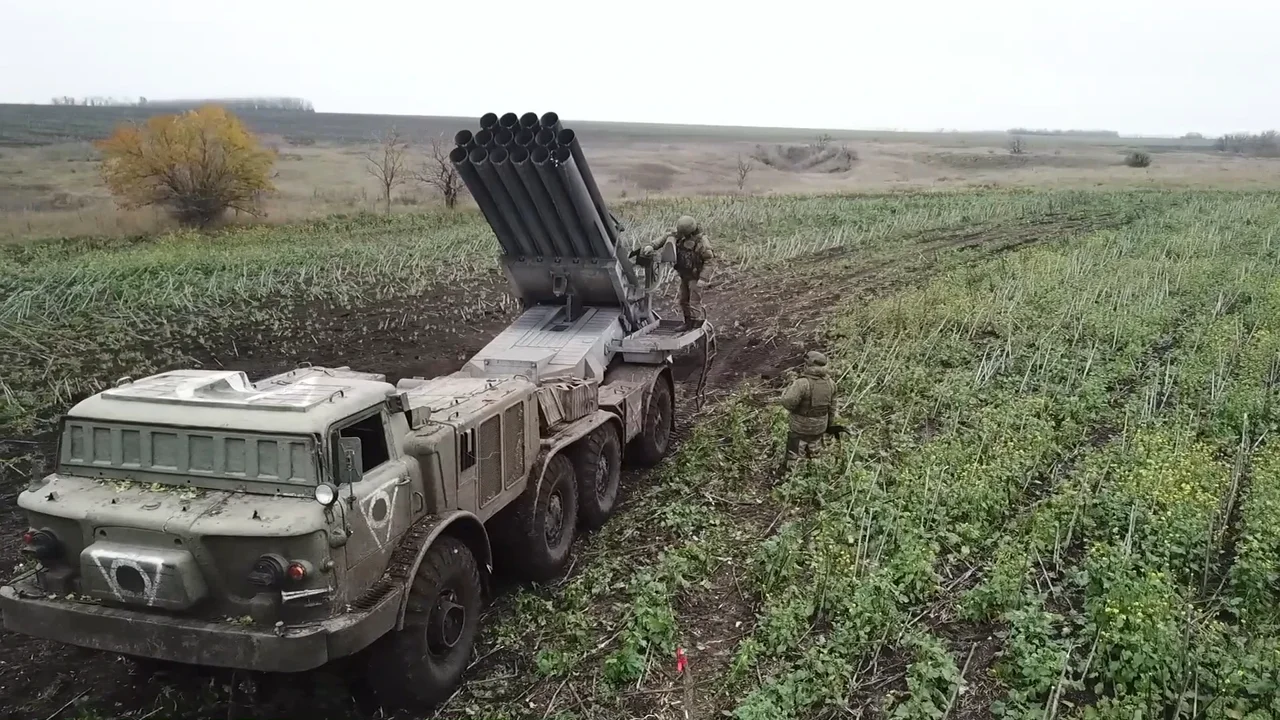04.03.2023--⚡️??-Russian-Defence-Ministry-report-on-the-progress-of-the-special-military-operation-in-Ukraine-–-TEXT-ONLY!!!
04.03.2023 ⚡️?? Russian Defence Ministry report on the progress of the special military operation in Ukraine – TEXT ONLY!!!
?? The Armed Forces of the Russian Federation continue the special military operation ??
⚡️ Russian Defence Ministry report on the progress of the special military operation (4 March 2023)
The Armed Forces of the Russian Federation continue the special military operation.
? In Kupyansk direction, the active action of the 'Zapad' Group of Forces, supported by Army Aviation and artillery, have resulted in the neutralisation of the enemy manpower and hardware near Novosyolovskoye (Lugansk People's Republic), Gryanikovka, Timkovka, and Tabayevka (Kharkov region).
◽️ Over 90 Ukrainian personnel, 1 tank, and 6 motor vehicles have been eliminated.
? In Krasny Liman direction, the attacks, launched by the aircraft and artillery of the 'Tsentr' Group of Forces, have resulted in the neutralisation of the enemy units near Yampolovka (Donetsk People's Republic), Chervonopopovka, and Kuzmino (Lugansk People's Republic).
◽️ The enemy has lost up to 150 Ukrainian personnel, 2 infantry fighting vehicles, 5 armoured fighting vehicles, and 1 Grad multiple-launch rocket system (MLRS).
? In Donetsk direction, the active action of the 'Yug' Group of Forces, as well as the attacks, launched by aircraft and artillery, have resulted in the elimination of up to 490 Ukrainian personnel, 1 tank, 3 infantry fighting vehicles, 4 pickups, 9 motor vehicles, 2 Msta-B howitzers, 3 D-30 howitzers, 1 D-20 cannon, as well as 1 U.S.-manufactured M-777 artillery system.
? In South Donetsk and Zaporozhye directions, Operational-Tactical Aviation and the artillery of the 'Vostok' Group of Forces have launched a complex fire attack against the units of the Armed Forces of Ukraine (AFU) near Vodyanoye, Ugledar, Novopol (Donetsk People's Republic), Shcherbaki and Kamenskoye (Zaporozhye region).
◽️ The enemy has lost up to 80 Ukrainian personnel, 1 tank, 2 armoured fighting vehicles, 3 pickups, as well as 2 D-20 howitzers.
? In Kherson direction, the firepower operation has resulted in the elimination of over 70 Ukrainian personnel, 20 motor vehicles, 1 U.S.-manufactured M-777 artillery system, as well as 1 D-30 howitzer.
? Operational-Tactical and Army aviation, Missile Troops and Artillery of the Armed Forces of the Russian Federation have neutralised 83 artillery units at their firing positions, manpower and hardware in 197 areas.
◽️ 1 missile guidance radar for S-300 air defence system has been destroyed near Druzhkovka (Donetsk People's Republic).
✈️ Fighter Aviation of Russian Aerospace Forces has shot down 2 Mi-8 helicopters of Ukrainian Air Force near Suvorovo (Donetsk People's Republic) and Pokrovskoye (Dnepropetrovsk region).
? Air defence facilities have shot down 1 Mi-8 helicopter of Ukrainian Air Force near Novosyolovka (Zaporozhye region).
◽️ Moreover, 12 rocket-propelled projectiles, launched by HIMARS MLRS, and 11 Ukrainian unmanned aerial vehicles have been shot down near Petrovka, Veliky Vyselok (Kharkov region), Stelmakhovka, Golikovo, Zhitlovka, Chervonaya Dibrova (Lugansk People's Republic), Staromlinovka, Kremenets, Peski (Donetsk People's Republic), Malaya Kardashinka, and Novaya Zburyevka (Kherson region).
? In total, 394 airplanes, 215 helicopters, 3,324 unmanned aerial vehicles, 408 air defence missile systems, 8,145 tanks and other armoured fighting vehicles, 1,049 fighting vehicles equipped with MLRS, 4,273 field artillery guns and mortars, as well as 8,722 units of special military vehicles have been destroyed since the beginning of the special military operation.
From: MoD
The Ministry of Defence of the Russian Federation
Directorate of Media service and Information
© All content on this site is licensed under Creative Commons Attribution 4.0
Translation by Linguistic Centre of the Russian Federation Defence Ministry
Please go to my Odysee channels for extra video content at Odysee.com
https://odysee.com/@militaryops:5?view=home
and
https://odysee.com/@MilitaryOpsExtra:2?view=home
and
https://odysee.com/@militaryopsairborne:e
and
Watch the series about how sailors serve in the Baltic Fleet.
https://odysee.com/@militaryopsseries:f
Transaction
Created
1 year ago
Content Type
Language
image/jpeg
English
